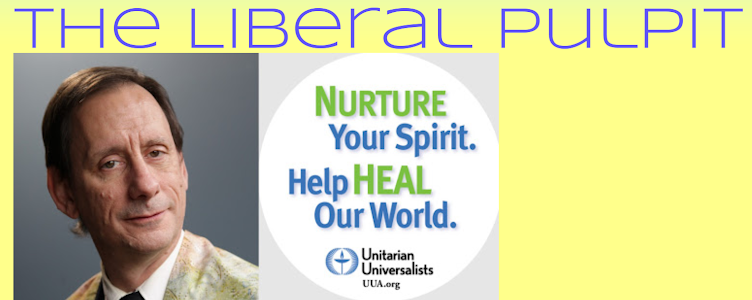Evil and Hope, part 2
Sometimes harm happens because of a medical condition: a brain tumor, for instance, or (what is a very different kind of medical condition) a mental illness such as antisocial personality disorder.
Other times harm happens from lack of skills.
In the November issue of On the Journey (see it HERE), my colleague Rev. Peggy Clarke tells the story of a developer whose projects tear down hundreds of trees, harm ecosystems, and create shopping centers that entice further resource waste through unnecessary consumerism. She describes the developer as a “good man doing a terrible thing with a clear mind. It’s his lack of introspection concerning his livelihood and the destruction that creates.”
There’s no medical condition here – probably. No mental illness. There’s thoughtlessness. And we all suffer from thoughtlessness. A normal, reasonably well person wants connection, wants to care about others and be cared for. A more-or-less normal person also wants to protect themselves, provide for their material needs and comfort, and not get taken advantage of. The thing is, we aren’t always skillful at balancing connection and self-protection.
It’s a matter of skill: call it spiritual skill.
We typically put too much energy into the self-protection side because we don’t how not to. The developer that Rev. Clarke described was devoted to protecting his and his family’s material needs and livelihood. Then to further protect himself from the discomfort of the knowledge of the harm he’s causing, he pushes it out of his mind.
I do that, too. I drive a car, heat my house, burn fossil fuels. I eat foods some of which were not sustainably produced. I do avoid meat, the production of which ranks as the most environmentally destructive of all food sources, but many of the plant foods I eat, though not as bad for the Earth, are still not long-term sustainable in quantities that would allow everyone equal access to them. I, too, push out of mind the discomfort of the knowledge of the harm that some of my choices cause.
What we want is connections of care – to live in the joy of manifesting bonds of affection for each other and for this Earth, our mutual home.
I want a life that does less harm, but I’m not skillful about carrying out the life I want. Building the skill, I know, like any skill, requires some dedication and practice, practice, practice.
Habits of not thinking about the-harm-we-do have to be replaced with habits of awareness, and that’s not just a simple matter of deciding. You can’t just say, “I’m going to go lift 500 pounds," or "I’m going to dance professional-level ballet today” You have to build up the muscles of compassion, practice the skills of empathy, hone the art of caring connection to self and others.
A hymn in Singing the Journey says:
If every woman in the world had her mind set on freedom,...dreamed a sweet dream of peace,...held her hands out in the name of love, there would be no more war.This is true. But it doesn’t happen just from wishing for it, or even from everyone in the world agreeing to do it. It takes the work of practice, practice, practice, committed to changing ourselves to develop the necessary skills. We need to be able to play compassion and joy and peace the way a master pianist plays the piano.
If every man in the world had his mind set on freedom,...dreamed a sweet dream of peace,...held his hands out in the name of love, there would be no more war.
If every leader in the world shared a vision,...shared a sweet dream of peace,...worked for justice and liberation, holding hands out in the name of love, there would be no more war.
If every nation in the world set a true course for freedom,...raised its children in a culture of peace, if all our sons and all our daughters reached in friendship across the waters, refusing to be enemies, there would be no more war.
This comparison with creative arts like dance and music is, I think, what Henry Nelson Wieman had in mind. For Wieman, evil is what obstructs creative good, and our hope lies in the creativity, greater than ourselves that drives us toward transformation.
Sometimes harm happens and there’s an identifiable mental condition. Sometimes harm happens because we lack the skills of connecting in peace and in love effectively with our own needs and the needs of others. We don’t know how, we haven’t trained, so we pursue our needs with clumsy obliviousness, knocking down trees, and other healing beauty, as we go.
What creative transformations are possible? Who knows? All we know is that getting there, even though we can have no very clear picture of what "there" looks like, takes work and a lot of practice. The hope that is before us is the hope of a blank canvas, waiting for us to learn how to draw. How are you practicing?
* * *
For loads of info about how to do a spiritual practice: LOOK HERE.
This is part 2 of 2 of "Evil and Hope"
See also
Part 1: Sources of Evil



No comments:
Post a Comment